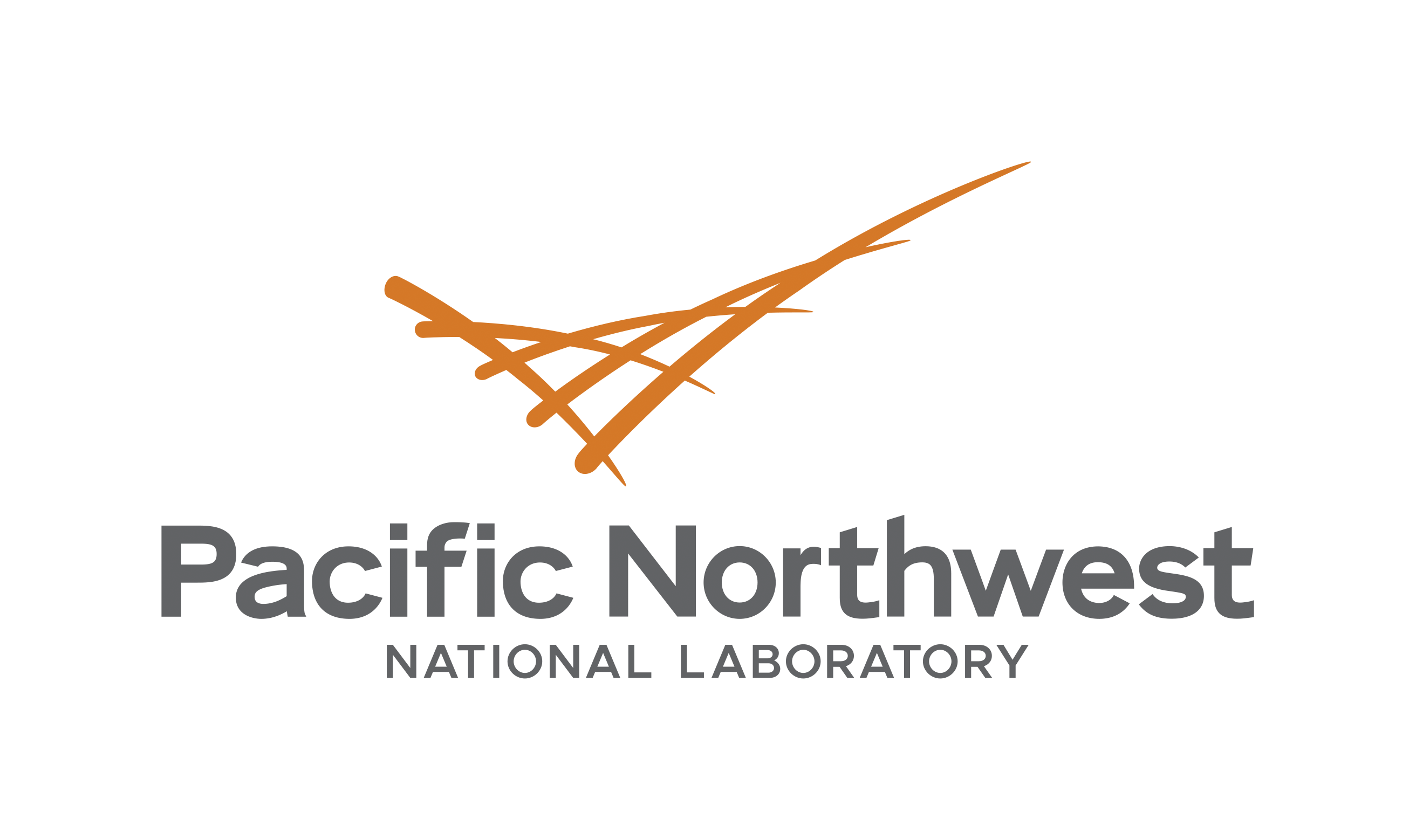About the Biodefense Policy Landscape Analysis Tool v3.0
NOTE: THIS VERSION OF B-PLAT WORKS BEST IN CHROME, FIREFOX, MICROSOFT EDGE OR SAFARI. MICROSOFT INTERNET EXPLORER IS NOT RECOMMENDED AT THIS TIME.
Outbreaks of new and reemerging infectious diseases, coupled with an increasing biological threat from non-state actors, highlight the continued need for the U.S. to prioritize biodefense efforts. The Bipartisan Commission on Biodefense has noted that the U.S. remains underprepared for a catastrophic biological attack or global pandemic and has emphasized the need for increased government coordination in biodefense. Following the events of 2001, multiple policy directives and public laws were enacted, assigning enduring biodefense responsibilities to at least 16 different entities within the federal government. As a result, it is difficult to comprehend the full continuum of federal responsibilities.
In 2017, Pacific Northwest National Laboratory (PNNL) chartered an internally funded working group to capture relevant biodefense policy directives and sections of the U.S. Code in a format conducive to visualization. The resulting tool, the PNNL Biodefense Policy Landscape Analysis Tool (B-PLAT), can be utilized to better understand the current state of the U.S. biodefense enterprise. The five goals of the 2018 National Biodefense Strategy, released on September 18, 2018, have been used to organize the information.
This Biodefense Policy Landscape Analysis Tool, version 3.0 includes enduring biodefense responsibilities from the following sources:
- Homeland Security Presidential Directive (HSPD) 9: Defense of United States Agriculture and Food
- HSPD-10: Biodefense for the 21st Century
- HSPD-18: Medical Countermeasures Against Weapons of Mass Destruction
- HSPD-21: Public Health and Medical Preparedness
- Presidential Policy Directive (PPD) 21: Critical Infrastructure Security & Resilience
- 6 USC: Title 6 of the US Code, Domestic Security*
- 7 USC: Title 7 of the US Code, Agriculture*
- 10 USC: Title 10 of the US Code, Armed Forces*
- 42 USC: Title 42 of the US Code, The Public Health and Welfare*
- 50 USC: Title 50 of the US Code, War and National Defense*
Responsibilities from other sources, including 18 USC (Crimes and Criminal Procedure), 21 USC (Food and Drugs), 33 USC (Navigation and Navigable Waters), 49 USC (Transportation)* identified by the B-PLAT user base have been added to this version. If your favorite section of code is missing, drop us a note and we’ll see if we can add it in any future versions.
Given the number of laws and directives relating to biodefense, and the complexity of the U.S. Code, the Biodefense Policy Landscape Analysis Tool is not intended to be a comprehensive reference of all biodefense and public health related responsibilities assigned to the federal agencies and departments, nor does it indicate which responsibilities are supported by corresponding appropriations or active programs. Rather, it is intended to educate the community on the current state of the biodefense enterprise.
One of the most difficult aspects of assembling the B-PLAT was determining what was ''in scope.'' Defining a ''responsibility'' may seem straightforward, but in practice, the language used in policy and Code is nuanced and sometimes obscure. As developers, we used a particular set of definitions and rules, and have captured them in the B-PLAT Taxonomy for reference.
The Biodefense Policy Landscape Analysis Tool 3.0 Development Team includes: Rachel Bartholomew (Lead/Project Manager), Kristin Omberg (Mapping Exercise Lead/Principal Investigator), Lyndsey Franklin (Visualization Lead), Yavana Ganesh, Justine Spencer, Larry Morgan, Cindy Bruckner-Lea, Karen Taylor, Flannery Currin, Michelle Dowling, Scott Dowson, Mia Feng, Sarah Frazar, Jessica Gray, Daniel Jackson, Mary Lancaster, Owen Leiser, Ann Lesperance, Rich Ozanich, Karen Wahl, John Wilson and Ellen Wynkoop.
Please contact Kristin Omberg (kristin.omberg@pnnl.gov) or Rachel Bartholomew (rachel.bartholomew@pnnl.gov) with any questions, comments, suggestions, or reports of typographical or transcription errors, which we will do our best to correct promptly!
*Sections of the US Code were parsed from pdf files obtained from the US Government Publishing Office’s Federal Digital System using a PNNL-developed text ingestion tool and sets of keywords customized for each section of code. More information can be obtained by contacting Kristin.
The B-PLAT v3 was last updated: 2.19.2022
This material was prepared as an account of work sponsored by an agency of the United States Government. Neither the United States Government nor the United States Department of Energy, nor the Contractor, nor any or their employees, nor any jurisdiction or organization that has cooperated in the development of these materials, makes any warranty, express or implied, or assumes any legal liability or responsibility for the accuracy, completeness, or usefulness or any information, apparatus, product, software, or process disclosed, or represents that its use would not infringe privately owned rights.
Reference herein to any specific commercial product, process, or service by trade name, trademark, manufacturer, or otherwise does not necessarily constitute or imply its endorsement, recommendation, or favoring by the United States Government or any agency thereof, or Battelle Memorial Institute. The views and opinions of authors expressed herein do not necessarily state or reflect those of the United States Government or any agency thereof.
PACIFIC NORTHWEST NATIONAL LABORATORY
operated by
BATTELLE
for the
UNITED STATES DEPARTMENT OF ENERGY
under Contract DE-AC05-76RL01830
.png)
